- The Hexi Corridor is rich in wind and solar energy resources, and is a huge treasure house of renewable energy in China
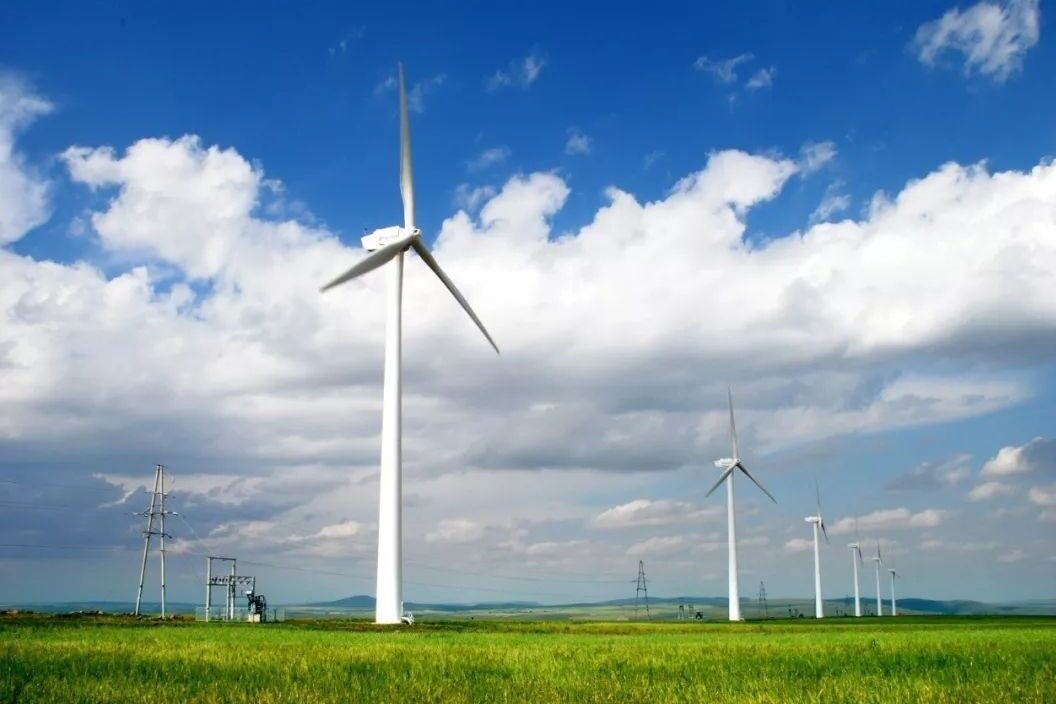
In the early Western Han Dynasty, the Hexi Corridor was a nomadic place for the Huns. In the Western Han Dynasty, Zhang Qian made two missions to the Western Regions, opening up the checkpoint between the Central Plains and the Western Regions. Huo Qubing fought twice on the Hexi Corridor to drive the Huns out of the country, making the path of the throat unimpeded. Since Emperor Wu of the Han Dynasty established the Hexi four counties, the Hexi Corridor has been an important channel between China and Xinjiang. As a part of the ancient Silk Road, it was also an important international channel for political, economic, and cultural exchanges between ancient China and the Western world.
Geographically, the Hexi Corridor starts from Wushaoling in the east, Guyumenguan in the west (now the junction of Gansu and Xinjiang), and lies between Nanshan (Qilian and Altun) and Beishan (Mazong, Heli, and Longshou mountains). Between ), it is about 1000 kilometers long and several thousand meters to nearly 100 kilometers wide. It is a long and narrow flat land with a northwest-southeast direction. It is shaped like a corridor. Because it is located to the west of the Yellow River, it is called the Hexi Corridor, also known as the Gansu Corridor. Among them, Wushaoling in Wuwei City is the westernmost point reached by the East Asian monsoon. It is not only the natural boundary between the Longzhong Plateau and the Hexi Corridor, but also the boundary between the semi-arid region of mainland China and the arid region. Affected by the surrounding environment, deserts, Gobi and oasis along the Hexi Corridor are intermittently connected. The climate is dry, hot and cold change drastically, windy and sandy, and the annual precipitation is only about 200 mm. The Hexi Corridor water system mainly relies on the Shiyang River, the Heihe River and the Shule River, which are three inland water systems, all of which originate in the Qilian Mountains and are supplied by melting ice and snow and rainwater. Relying on snow water irrigation has always developed corridor agriculture, forming a typical oasis ecological agriculture. The ancients said: "There is very little rain throughout the year, and thunder is rare. However, the springs of the Nanshan snowmelt round flow into the river, and the canals and dams are built to divert and irrigate the land. Farmers do not worry about rainlessness." Therefore, Zhangye and Wuwei in the Hexi Corridor are known as Jinzhangye and Yinwuwei.
The Hexi Corridor, as a great passage diagonally across northwestern China, integrates the extreme scenery of mountains, glaciers, oasis, colorful hills, deserts, and Gobi. It is a scenic corridor that has stood for thousands of years; it also integrates the Great Wall, border, The ancient city, grottoes and many other cultural heritages are all in one, and it is a corridor of civilization that spans thousands of years. Now, it has become an energy corridor that continuously delivers powerful energy to China, including wind power, photovoltaics, natural gas and other energies. It is in such a fertile land that the ancient Silk Road in the past is now buzzing with wind, and the largest wind power project in China has appeared in the Hexi Corridor.
According to the analysis of the 21st Century Business Herald by Qiao Liming, Director of the China Project of the Global Wind Energy Council, Gansu is an area rich in wind and light resources. The distance transmission channel is only one of the policy options. After years of lonely smoke in the desert and sunset over the long river, the desert Gobi that has been empty for thousands of years has transformed into a "white forest" in a few years. Here is the elongated Hexi Corridor, the Silk Road in the past, and the capital of wind power today. What awakens the sleeping desert is the new energy based on wind and solar power.
Jiuquan tens of millions of kilowatt wind power base
The Hexi Corridor is a cornucopia. It is understood that the total reserves of wind energy resources in Gansu Province are 237 million kilowatts, of which a large part is concentrated in the Hexi Corridor. Especially in Guazhou, there are 80 days a year with windy days above level 8 and it is known as the "World Wind Reservoir". The infinite scenery of the Hexi Corridor has been transformed into a steady stream of kinetic energy, creating huge social and economic benefits, and also making the lives of the local people bright and happy. The clean electric energy converted from wind and light can only produce the greatest value if it is fully utilized. Over the years, power transmission channels have emerged, connecting the east and the west, which not only effectively alleviated the contradiction between supply and demand in central and eastern China, but also realized the large-scale development and large-scale optimization of new energy in Gansu, which promoted the transformation of Gansu’s resource advantages. For the development advantage. Today, riding the east wind of the Belt and Road Initiative, the Hexi Corridor is full of vitality and has become a dazzling pearl on the Silk Road Economic Belt. Today, this magical land is continuing a glorious chapter.
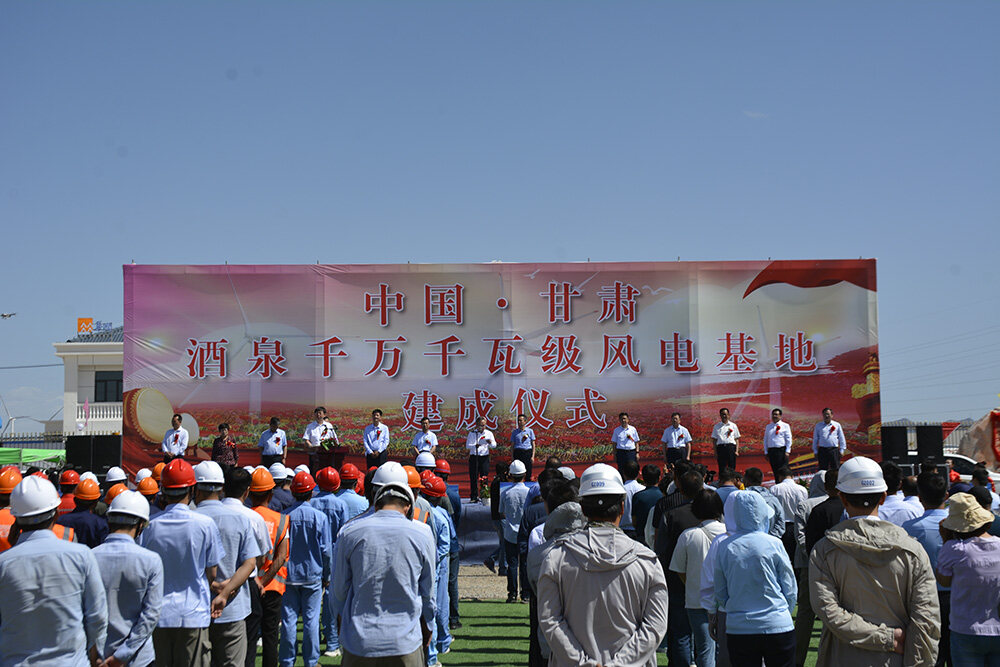
On June 24, 2021, Jiuquan City held a ceremony for the completion of the Jiuquan 10-million-kilowatt wind power base at the construction site of the North 100MW wind power project of the Anbei No. 1 Wind Farm of China Resources Wind Energy (Guazhou) Co., Ltd. China's first 10,000-kilowatt wind power base was completed.
It is reported that Jiuquan has abundant reserves of wind and solar resources, and is the first area in Gansu Province to develop and utilize wind and solar energy. In July 1997, Yumen Sanlijingzi Wind Farm was officially connected to the grid for power generation, becoming the earliest large-scale demonstration wind farm in Gansu Province. In April 2008, the National Development and Reform Commission approved the Jiuquan 10 million kilowatt wind power base planning report, which is the first approved 10 million kilowatt wind power base in China. In August 2009, China's first tens of millions of kilowatts wind power base started construction in Jiuquan. In recent years, in accordance with the national overall concept of “Building the Hexi Wind Power Corridor and Building the Three Gorges on Land in the West”, Jiuquan City has fully implemented the decisions and deployments of the provincial party committee and the provincial government on the rise of green development, with the goal of building a “new energy capital”. Jiuquan City’s efforts to break through development bottlenecks such as lack of funds, lack of technology, and abandonment of wind and light. After 12 years of spring and autumn, it has finally built a tens of millions of kilowatt-level wind power development planning areas with Yumen, Guazhou, and Subei as the core. The new energy equipment manufacturing industry concentration area with the development zone as the center. The grid-connected wind power installed capacity in Jiuquan City has reached 10.45 million kilowatts, accounting for 3.7% and 71.9% of the wind power installed capacity in China and Gansu Province. It has become China's important new energy base and development and utilization demonstration zone, and the largest new energy industry base in China's prefecture-level cities.
The 10 million kilowatt wind power base project in Jiuquan, Gansu is another important project following the power transmission from west to east and the development of the west. According to relevant data analysis, if the Jiuquan wind energy is used well, the cost of power generation can be greatly saved. The theoretical reserves of Jiuquan wind energy resources are as high as 240 million kilowatts. Jiuquan Wind Power Base has a total installed capacity of 35.65 million kilowatts of wind power. The initial plan is to build an installed capacity of 10.65 million kilowatts. Currently, 9.25 million kilowatts of wind power clusters have been built. According to the plan of Jiuquan City, by the end of the "14th Five-Year Plan" period, the installed capacity of wind power in Jiuquan City will reach 20 million kilowatts.
Among them, Guazhou County, Yumen City and Subei Mazongshan area in Jiuquan have formed rich wind energy resources due to the unique bell mouth topography under the action of the monsoon, which is called the "World Wind Reservoir". Therefore, this area has become one of the regions with the richest wind energy resources in China. The annual effective utilization hours of wind turbines are more than 2,300 hours, and the exploitable wind energy is more than 40 million kilowatts. At present, at the western end of the Hexi Corridor, more than 3,000 wind turbines have stood in the Gobi Desert, forming a "white forest" that stretches for more than 200 kilometers.
As a new energy source, the wind power industry has developed "wind speed" in China in the past two years. From the perspective of wind power investment scale, installed capacity, or wind power equipment manufacturing driven by it, wind power has become the hottest industry in China's new energy field. , And this heat can be reflected from the Jiuquan Wind Power Base. Wu Shengxue, deputy director of the Jiuquan Development and Reform Commission, said: "Jiuquan wind power has an average installed capacity of 0.6 million kilowatts per day. Especially since the peak construction season in late May, 40,000 kilowatts of wind farms have been completed every day, which is equivalent to completing one in a week. 300,000 kilowatts of thermal power plant."
The Great Wind Song and the Sun Song complement each other
The construction of huge wind farms directly stimulated investment in wind power equipment manufacturing. According to Yang Kezhong, Secretary of the Suzhou District Party Committee of Jiuquan City, the Jiuquan Wind Optoelectronics Equipment Manufacturing Industrial Park has introduced 22 wind power equipment manufacturing projects with a contracted capital of 5.3 billion yuan. At present, the sales revenue of Jiuquan's new energy equipment manufacturing industry has exceeded 10 billion yuan. Li Li, secretary of the Diguazhou County Party Committee, who is rich in wind energy resources, said: “For a county where immigrants account for half of the population in poverty-stricken areas, the development task is very heavy. New energy industries such as wind power and photovoltaics have finally found a place that can support local development. The leading industry in China.” And Suzhou District, Jiuquan City, where the wind power equipment manufacturing industry is concentrated, has benefited a lot from the development of the new energy industry. "The sudden emergence of the wind power equipment manufacturing industry has brought the entire region’s economy into a new stage of super-conventional and leap-forward development led by industry, and it has contributed to the increase in employment, the activation of the tertiary industry, the development of vocational education, and the expansion of local financial resources. The power will become more and more obvious." Said Yang Kezhong, Secretary of the Suzhou District Party Committee.
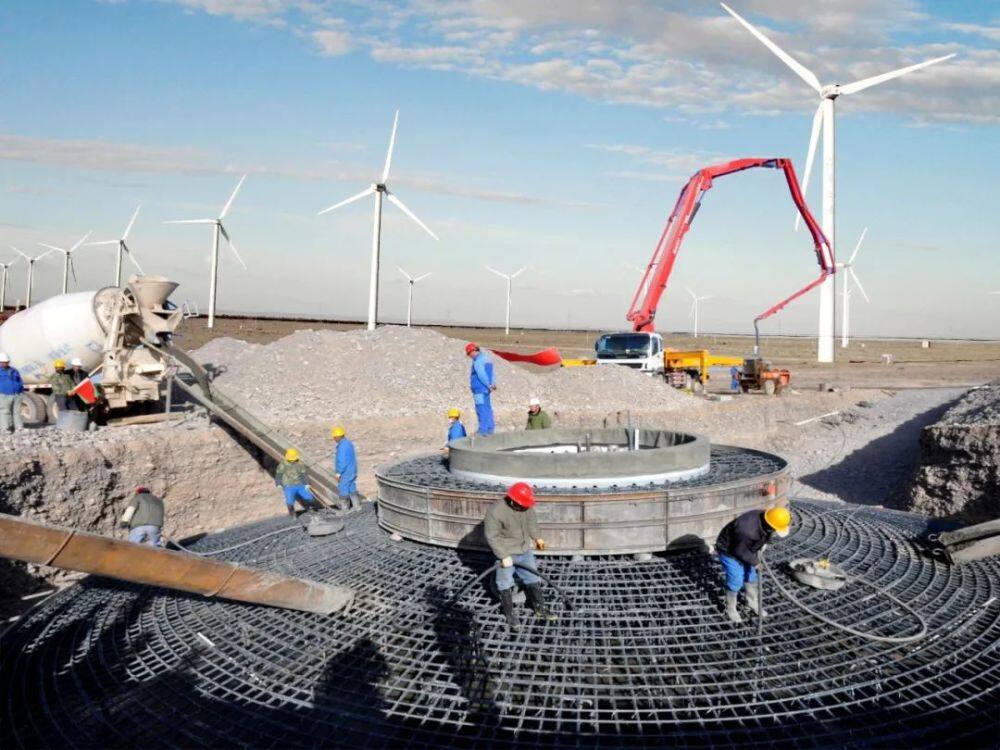
At the same time as the development of wind power, the "Great Wind Song" and "Sun Music" of Jiuquan Base were symphonic at the same time. As we all know, the Hexi Corridor is irradiated with strong sunlight, and the monsoon vent, photovoltaic power generation and wind power generation have great potential. As an important channel of the "Silk Road Economic Belt", the Hexi Corridor has not only become an energy channel for the West-East Gas Pipeline, but also has increased the development of wind and solar energy in recent years. As for sunlight resources, the Hexi Corridor provides 2550 to 3,500 hours of sunlight throughout the year, which provides very favorable conditions for photovoltaic power generation.
In 2009, the state formally approved the construction of a national 10 million kilowatt wind power base in Jiuquan, Hexi, which opened the prelude to Gansu's vigorous development of new energy. As of the end of June 2020, Gansu Power Grid's installed wind power capacity was 13,121,19 million kilowatts, and solar power installed capacity was 9,271,500 kilowatts. The installed capacity of new energy accounted for 42.35%. At present, new energy has surpassed thermal power and has become the largest source of electricity in Gansu Province.
Open up the new energy transmission meridian
In the first half of 2020, the new energy power generation in Gansu Province was 20.149 billion kWh, an increase of 11.91% year-on-year, and the new energy utilization rate was as high as 94.14%. In order to send out these clean energy, painstaking efforts have also been made.
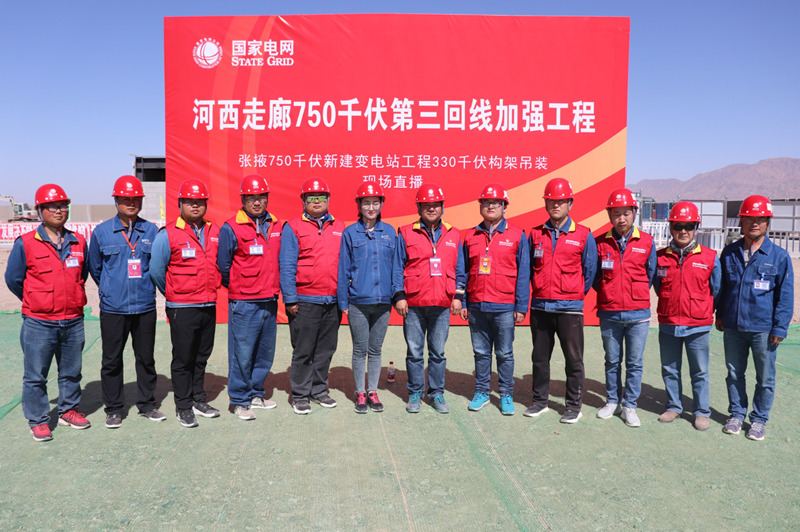
In January 2014, the Hami South-Zhengzhou ±800 kV UHV DC transmission project was put into operation. Xinjiang's abundant photovoltaic and wind power resources were sent to Henan, more than 2,000 kilometers away, through the Hexi Corridor. In June 2017, the Jiuquan-Hunan ±800 kV UHV DC transmission project was put into operation. This line, which started in the Hexi Corridor, will send wind and solar power from Gansu to Hunan across thousands of miles. In December 2018, the Changji-Guquan ±1100 kV UHV DC transmission project (Gansu section) was in live operation. This is the UHV power transmission project with the highest voltage level, the largest transmission capacity, the longest transmission distance and the highest technical level in the world. The total length of the line is 3319.2 kilometers, of which more than one third passes through Gansu Province. In December 2019, the 750 kV third loop of the Hexi Corridor was put into operation. This line, which starts from Dunhuang and ends at Baiyin, has become another major clean energy transmission channel for the "West-to-East Power Transmission" project. Its commissioning has increased the east-to-east transmission capacity of the Hexi Power Grid to over 8.5 million kilowatts.
Look, it is this silver line that stretches forward across the Gobi, mountains and rivers. The wind and light from the Hexi Corridor ignited all the lights thousands of miles away, and at the same time made the Hexi Corridor more bright and colorful. Editor/He Yuting
Comment
 Praise
Praise
 Collect
Collect
 Comment
Comment
 Search
Search





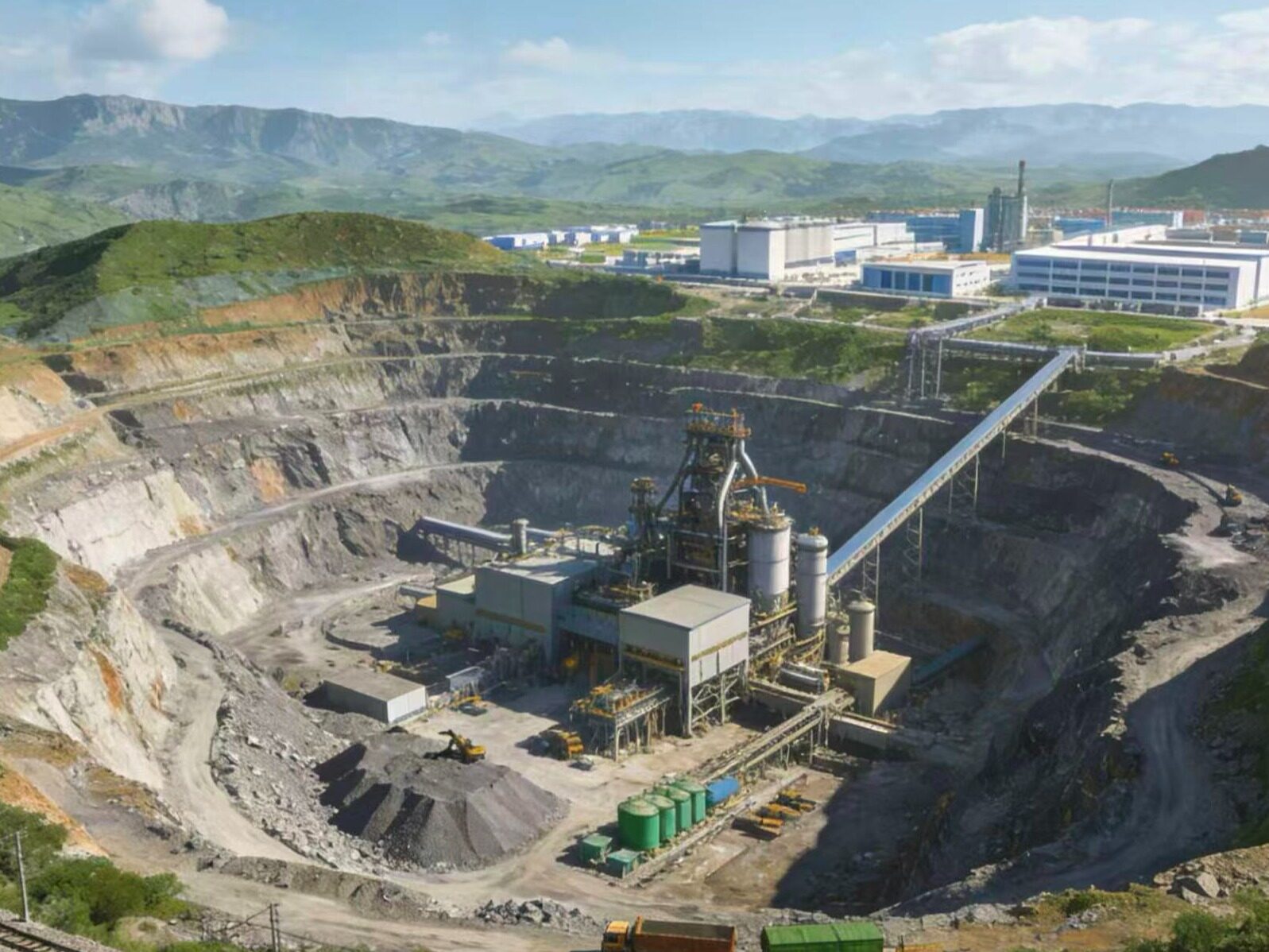








Write something~